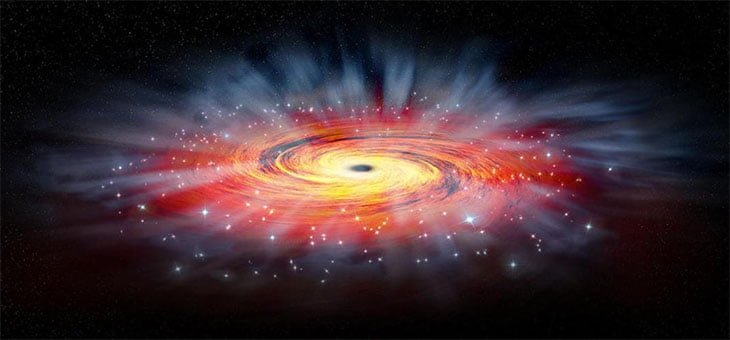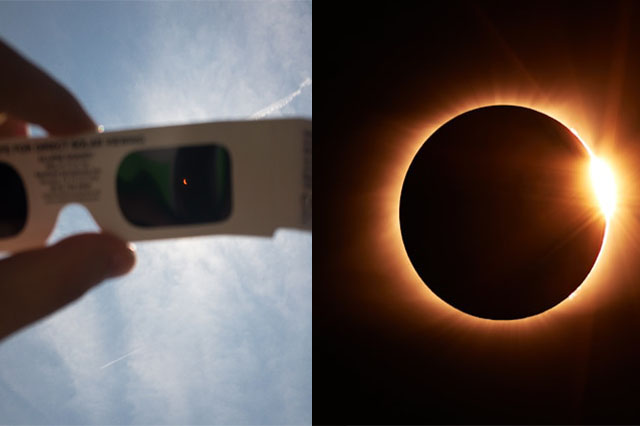
Black holes are ranked among the more wicked phenomena out in the universe. So the bad news as disconcerting that the supermassive black hole at the center of the Milky Way appears to be growing hungrier and scientists aren’t sure why that happens.
In the research confirmed in Astrophysical Journal Letters, a team of scientists from the University of California, Los Angeles (UCLA) analyzed more than 13,000 observations of the black hole from 133 nights—known as Sagittarius A*—since 2003. and also the Astronomers monitoring the colossal object, in the past year found it shows to have consumed nearby material at an unprecedented rate.
“We have never ever seen anything like this in the 24 years we have studied the black hole,” said Andrea Ghez, co-senior author of the study from UCLA, and a senior author of the research said in a report.
These observations, from the Very Large Telescope in Chile and the W. M. Keck Observatory in Hawaii, revealed the black hole itself cannot be seen because it acts as a one-way trapdoor even for light. But it is possible to discover radiation blazing from gas and dust just outside the event horizon, is the point beyond which nothing, not even light, can escape.
The team of researchers says the rise in brightness around the black hole is caused by radiation as it sucking in an unusually large quantity of gas and dust. And the team found the observations recorded in May 13 2019. the area just outside the black hole’s point of no return was twice as bright as the next observation brightest of Sagittarius A*. They also spotted large changes on two other nights this year
“The first image I see that night, the black hole was so brightness I first mistook it for the star S0-2, because I had never seen Sagittarius A* that bright,” said Tuan Do, lead author of the study on the black hole. “But it quickly became clear the source had to be the black hole, which was really exciting.” Also, they concluded that the level of brightness seeing this year was unprecedented in the last quarter of a century.
Mark Morris, a professor at UCLA (physics and astronomy) and another co-senior author, said in a statement “The big question is whether the black hole is entering a new phase— the average of gas falling down the black hole drain has increased for an extended period—or whether we have just seen the fireworks from a few unusual blobs of gas falling in.”
The scientists have suggested another possibility explanations for the rise in brightness. Those gas being sucked into the black hole from the star S0-2 or the bizarre object known as G2 as they made nearby approaches to Sgr A*. Another suggest is large asteroids being pulled into the black hole.
The scientist’s team say we need more research to determine what exactly is happening at Srg A*—which is located around 26,000 light-years from Earth. The good news the black hole poses no danger to our planet. According to Astrophysical Journal Letters.
Andrea Mia Ghez is a professor in the Department of Physics and Astronomy at UCLA said “We want to know how black holes growing up and affect the growth of galaxies and the universe,” adding “And we want to know why the supermassive hole being brighter and how it gets brighter.”






